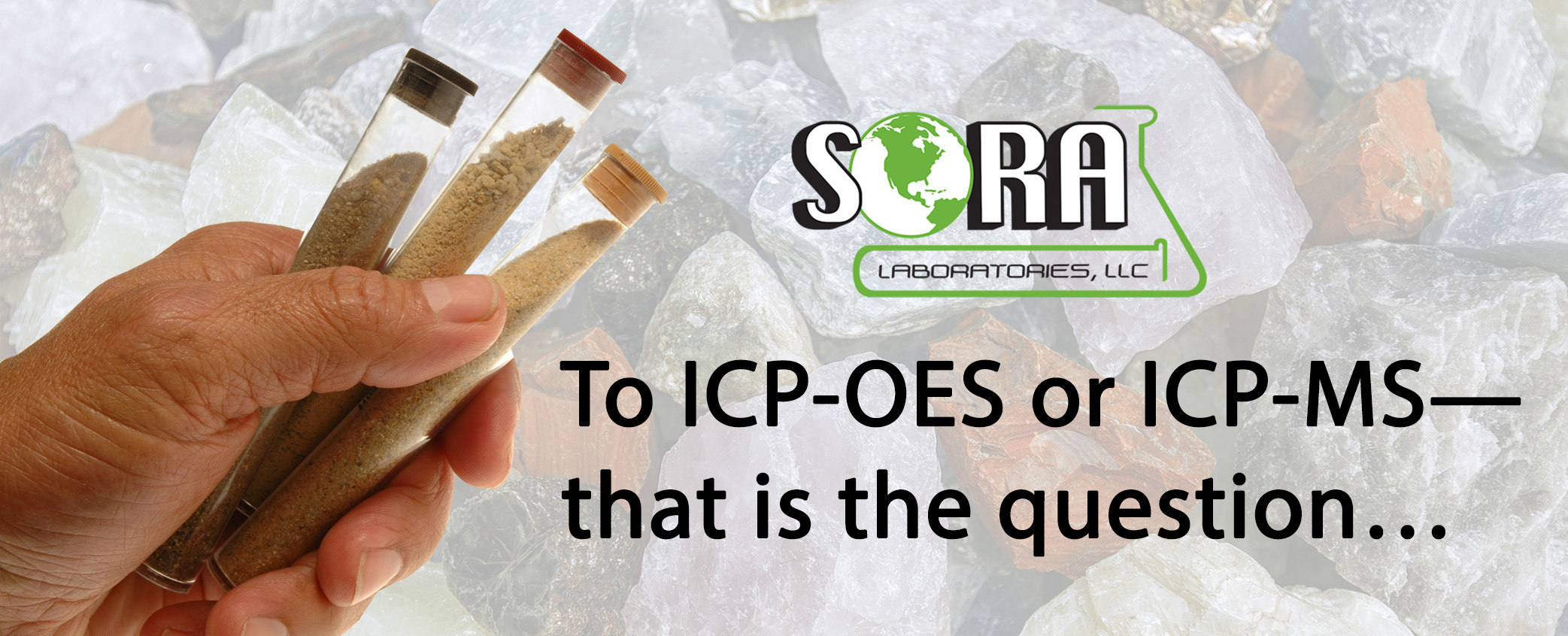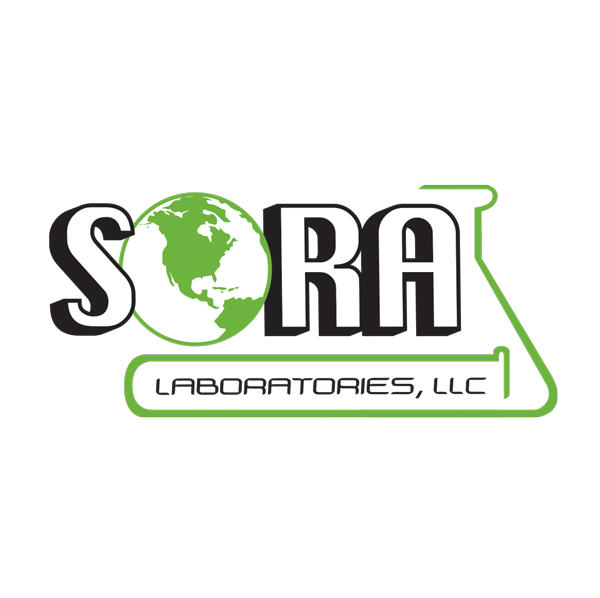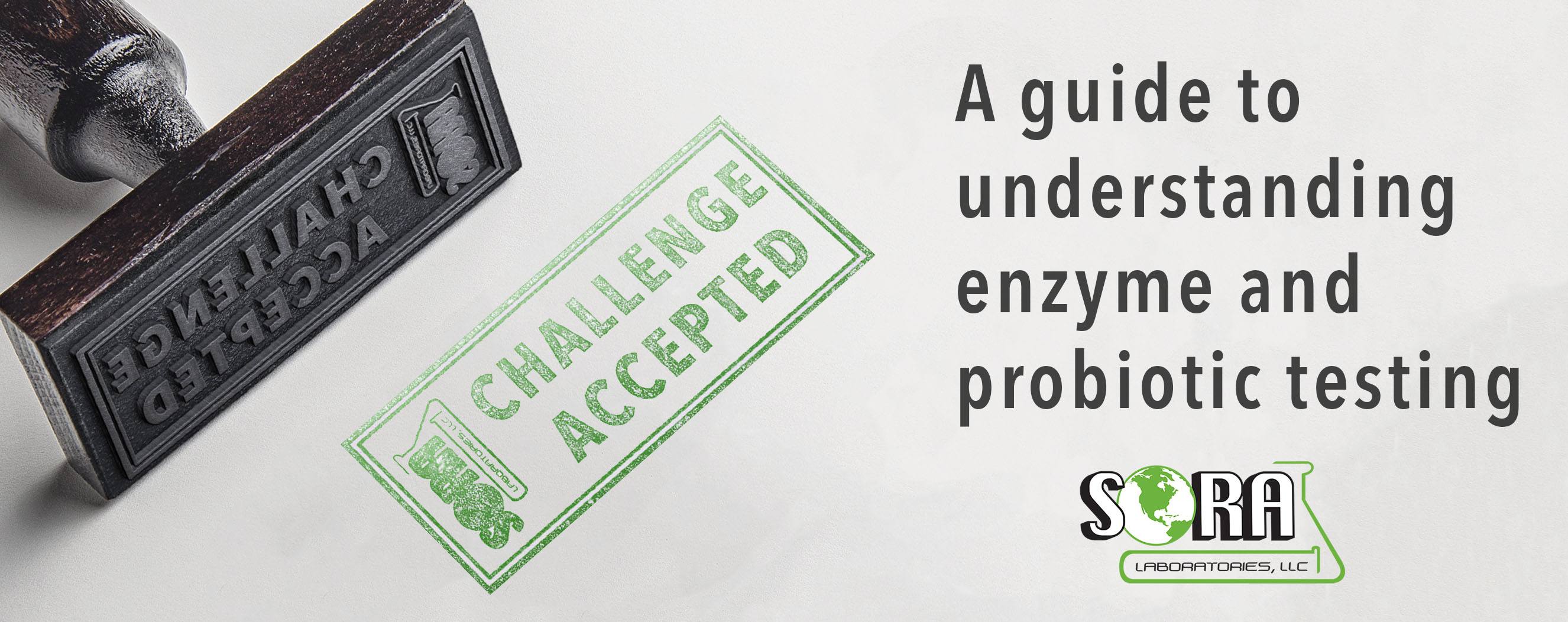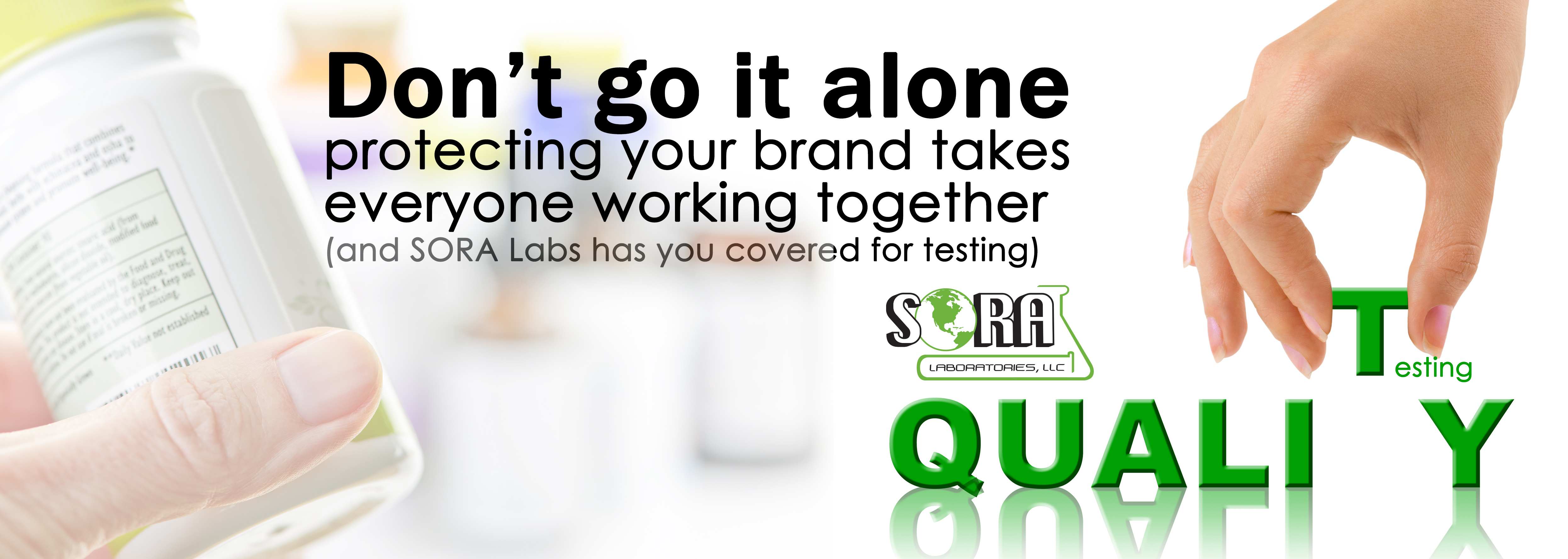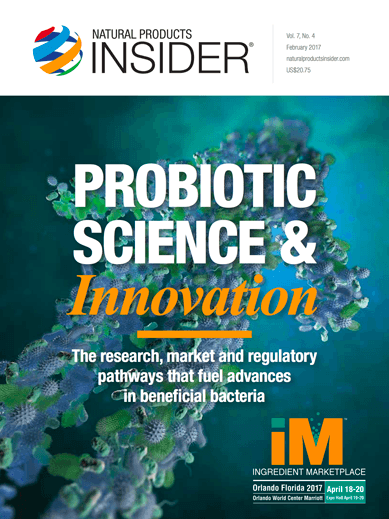Minerals are everywhere–they are in the soil, water, food and are even added to some supplements. Since minerals are essential to a properly functioning body, an imbalance in our mineral levels may cause health concerns. Supplements are often formulated to contain essential minerals and are cleverly designed to improve health by adding vital nutrients back into the diet. Minerals may also be used to improve the supplement product itself. For instance, adding a mineral to an enzyme blend as a co-factor, enhances the enzyme reaction and improves how the product functions once ingested.
To follow Good Manufacturing Practices (GMP’s), manufacturers and brand owners must prove the label claims for the listed ingredients. Testing is the absolute key to verifying an ingredient’s identity and potency. For mineral testing, laboratories often use Ion Coupled Plasma (ICP) equipment, of which two main ICP units are utilized: ICP-OES (Optical Emission Spectroscopy) and ICP-MS (Mass Spectroscopy).
This technology can be confusing for customers, especially when a laboratory utilizes both ICP-OES and ICP-MS testing. Here’s the skinny—the ICP-MS is designed for very low detection limits such as trace elements and unwanted contaminants in products like heavy metals (Arsenic, Cadmium, Mercury and Lead), while the ICP-OES is designed to test higher concentrations of minerals which are listed in microgram or milligram quantities on the label. ICP-MS is also the clear choice when trying to comply with Prop 65 regulations and calculating heavy metals for your recommended daily allowance, as it is necessary to detect low residual levels in parts per million for these calculations.
SORA Labs offers dual functionality for all your heavy metal and mineral testing, as we have both ICP-OES and ICP-MS equipment. In addition, we can take the guesswork out of choosing which testing is best suited for your products—this is our expertise! Our team can assist you with verifying label claims or determining heavy metal levels in your products. Call us for more information today!
Botanicals. . . It's complicated
Botanical ingredients are a popular component of many nutritional supplement products. Since they are harvested at various times of the year from different regions of the world, the exact vitamin, mineral and nutritional potencies may vary from batch to batch. These factors contribute to the complex nature of these products and the difficulties involved in setting specifications for testing. Not commonly known, is that once several botanicals are blended together, the identity of individual botanicals is no longer possible—think of scrambled eggs. For these blends, active ingredient chemical marker testing is effective. And, if the botanical has a chemical marker, that marker could potentially be used to quantify or even just ensure it is actually an ingredient in the blend.
When testing botanical-containing products, using validated reference standards and “scientifically valid methods” is important to ensure accurate results. Recent news coverage and discussion in the scientific community have raised questions on how to prove the identity of botanical material and which method to use. While there are many methods including microscopic, wet chemistry, thin-layer chromatography, HPLC identification techniques, FTIR/NIR, DNA barcoding and many others, each botanical will have unique testing and even a combination of testing methods to prove its identity. Since no single method can ID every botanical, DNA Barcoding, FTIR and other technologies should be viewed as just tools in a lab’s tool box, not an all-inclusive solution. They are useful and excellent resources, but may not be the single or best way to identify botanical material.
Since botanicals are grown outside in the soil, they actually absorb moisture and nutrients from the soil and some of what is absorbed may be harmful. The presence of heavy metals (heavy metal testing) continues to make news and regulations, such as proposition 65, continue to evolve. Testing for Prop 65 levels is more than just determining the parts per million (ppm) residual amounts of heavy metals found in a product. Instead, Prop 65 takes exposure levels or the daily dose being taken, into account when setting limits. Once these levels have been determined in the product, a calculation should be done to measure the full daily amount that will be taken. This final calculation is the total amount that is reviewed for the CA Prop 65 limits.
Another little-known test is PPSL irradiation screening. (PPSL testing) Irradiation uses ionizing radiation to treat food ingredients for several reasons such as lowering microbial counts or destroying harmful microorganisms the botanicals have been exposed to in the environment. “The FDA has evaluated the safety of irradiated food for more than 30 years and has found the process to be safe. The World Health Organization (WHO), the Centers for Disease Control and Prevention (CDC) and the U.S. Department of Agriculture (USDA) have also endorsed the safety of irradiated food.”1 Even though the irradiation process is generally considered safe, there are certain labeling laws that must be followed. If an ingredient has been irradiated, a specific seal (see below) must be included on the product’s packaging. SORA Labs has identified irradiation among a variety of popular botanical ingredients including: Barberry Root Bark, Barley Juice, Broccoli Powder, Cordyceps Ext., Cumin, Eyebright Powder Ext., Garlic, Gotu Kola Powder and Marshmallow Root Powder. Although these represent some common occurrences, screening for all botanicals is recommended to ensure they are free from irradiation and are not mislabeled according to FDA regulations.
Other testing methods for botanicals include microbiology (rapid micro testing), pesticide residue (pesticide screen), residual solvent residue (residual solvents testing) and more. With so many factors to consider when testing botanicals, it is imperative to choose a testing lab that can help you navigate the complexities with ease. Contact us today for a quote on your ingredient testing!

References-
Thorough Testing Equals Safe Products for Consumers
Substantiating label claims can be a daunting process, but testing is always a good place to start. Knowing exactly what is in the supplement bottle is paramount, and recent FDA warning letters confirm this. FDA requires that products have specifications and that those specifications are met. Following 21 CFR part 111 for dietary supplement products, the rules make it clear that testing is required.
Check the article on National Product Insider’s Website
Trusted testing services—the team approach
For ingredient suppliers, contract manufacturers and brand owners, partnership with a testing lab is often a necessary component. Even with an in-house lab, a company may not be able to perform every test required for their products due to the extensive nature of various testing practices and methods. When complicated, cost prohibitive, or specialty methods are required, partnership with an experienced testing lab, makes perfect sense—enter specialty 3rd party testing labs like SORA Labs.
The FDA Code of Federal Regulations requires that a vendor be qualified, and just like any other vendor, labs should be questioned about the expertise of methods they run. Reviewing proficiency testing; requesting staff qualification and reviewing standard operating procedures (SOP), can provide valuable insight when evaluating a lab. Ultimately, an on-site audit is the best strategy when making a final determination of a lab’s worthiness. Another qualifier when choosing a lab is the ISO 17025:2005 accreditation from the International Organization of Standardization. This signifies that the lab has met stringent criteria and passed audits to be considered a high quality international testing lab.
A lab partnership should also include a Quality Agreement (QA), which defines responsibilities, methods, out-of-specification communication and more. As regulations are increasing, the industry continues to see more findings regarding quality control procedures. An in-place agreement will ensure the quality process has been defined for outsourced testing, and both companies understand each other’s roles and expectations. If a Quality Agreement has not yet been established, you can find our QA form here (Quality Agreement Form Request). Since ISO already requires the highest level of confidentiality, a Non-Disclosure Agreement (NDA) is less important than the Quality Agreement; however some companies choose to have both agreements in place.
Although you may not need outside testing services on a daily basis, it’s a smart idea to have a qualified and experienced lab in your corner when the need arises. Sometimes, it can take a team to get your project completed and partnering with a high-quality testing lab like SORA Labs, is a great place to start. Let us help you today!
The Many Faces of Probiotic Testing—SORA Can Help You Keep it Simple
Probiotic testing for potency to determine colony forming units (cfu/g ) is a complex process. This month’s video features the steps involved in testing the high count bacteria in probiotics. This video begins with a sample that is ready to plate. The preliminary stages in the sample preparation allow the freeze-dried bacteria to be re-hydrated and the spore forming bacteria to be heat-shocked for optimal growth on the agar plate. It’s important to know that each strain being requested to test for cfu/g count has specific method preparation instructions that are followed before the sample is ready for plating. Sample Request Form.
If the probiotics to be tested are single-strain, raw materials, then the ingredient vendor should be able to supply the correct test method. If the sample is a blend of strains or is a combination of several manufacturers’ materials, then choosing the method can be more complicated, but not impossible. An experienced lab will work to select a single method that allows several stains to grow out on the same media, although blended probiotics may take longer to complete due to the extra testing needed to determine the ideal method. Once the method has been determined, and testing is complete, the results of total cfu/g count can be used to substantiate the product label claims.
After determining the most appropriate method, calculating the dilutions to plate is the next step. If the product specification is 10 billion cfu/g, then the 108 and 109 serial dilutions would be plated to incubate. Ideally, it’s best to choose the dilutions that will allow for counting 25-250 colonies per plate when calculating results. Plating is performed in triplicate to show repeatability and ensure consistent growth of the sample. If no growth is seen on these plates, then it would need to be re-plated or be reported at <100 million cfu/g. If re-plating is necessary, then the process is started over and the next two, or more, serial dilutions are plated. The method generally lists the incubation time, but most probiotics incubate for 72 hours. It is evident that sub-potent products or material without proper specifications often take longer and are costlier to test.
Choosing the correct test method and having accurate specifications is the key to having successful potency determinations for probiotic products. Specialty testing requires an experienced lab; with SORA Labs you can be confident that the results we provide your company have the best interest of delivering efficacious products in to the marketplace for you to be proud of.
Challenge accepted . . . A guide to understanding enzyme and probiotic testing
Similarities between enzyme activity assays and probiotic enumeration are more common than most people realize. Both methods of testing require many dilutions, multiple calculations and are technique-driven. Our lab performs the probiotic colony forming unit (CFU) assays in our microbiology lab, and enzyme activities are tested in our chemistry lab. Both probiotics and enzymes aid in digestion and have potency that cannot be measured by weight or mg. Instead, probiotics are measured by CFUs and enzymes are measured in various activity units, with both having a variety of assay methods available. The ingredient supplier will often have a specific method for their product, and there may also be compendial methods listed in the Food Chemical Codex (FCC). While probiotic suppliers have not started standardizing to the compendial methods as of yet, enzyme ingredient suppliers use the FCC methods to standardize their products, for the most part. As time goes on, the probiotic industry may start standardizing to similar methods like the enzyme industry.
Both probiotic enumeration and enzyme activity assays listed in the FCC, are designed for raw material ingredients. Ideally, these assays should be performed on an ingredient before it is blended with other ingredients or encapsulated as a finished product. When multiple enzymes or probiotic strains are blended together, the testing becomes more difficult. There are common interferences with blended enzymes products, and also challenges with the multiple probiotic blends. Since each blend is unique and will interact in its own way, testing them can be tricky. However, it is possible to have successful results and gain valuable data about your product when tested correctly.
But, just as there are many similarities, there are also differences. Probiotic strains are living organisms, where enzymes are not. Instead, enzymes are ingredients, which break down food, whereas probiotics add to our gut flora for various health benefits. Lastly, enzyme activity is measured by substrate breakdown, instead of plate growth which measures probiotics.
Ultimately, both have complex test methods and require a high level of expertise and years of practice to perform accurately. SORA Labs is your trusted partner for both enzyme and probiotic With developed methods, we can help you learn more about your product through Testing is the only valid method to prove the quality of your product, so choosing an experienced lab is a must. Call us today for a quote!
You can’t go it alone—protecting your brand takes everyone working together!
The quality of the products under your brand is one of the most critical aspects of business success and vendor/supplier qualification is one of the most important steps in that process. In fact, this step is required in the Code of Federal Regulations (CFR) 111.75. Furthermore, to avoid warning letters, build confidence and maintain a positive reputation in the marketplace, safe and tested ingredients are a must.
CFR 111.75 outlines a very detailed process to follow. One of the first steps in establishing the reliability of the supplier’s certificate of analysis (CoA) is through confirmation of the supplier’s test results or examinations. This can be accomplished by setting the specifications and then testing using one or more methods for identity, purity, strength and composition of the component or ingredient. Also required by CFR 111.75 (c)(1), is testing for limits of contamination that would lead to adulteration of the finished product. This testing verifies that the vendor shows identity and acceptable levels of active ingredient markers. It also ensures that there is no microbial contamination, heavy metals, pesticide residue or other harmful contaminates.
Another key to supplier qualification is the supplier audit, which provides valuable information about the quality management system of the supplier. It also shows how the material is tested and how the vendor will ensure specification compliance from batch to batch, along with many other aspects of the company’s processes. By combining testing with supplier audits, a brand can consistently monitor the supplier and build confidence in its ability to produce high-quality ingredients. Once the supplier has been qualified, then reduced testing might be an option.
One FDA response letter (Addressed to Heron Botanicals Inc. on May 25, 2015) prompted the company to defend its position that it makes no claims to the amount of “active ingredients” in its finished product. As such, the company argued that testing was not needed for the “active ingredients” in the raw material. The FDA disagreed with this response because the company lists a 70 percent extract material on its label. Without testing the raw material, the company was unable to prove it started out with a 70 percent extract.
If this company had established a supplier qualification and showed testing results for the raw material over several lots to prove it met label claims repeatedly, then it may have been able to justify not testing the raw material “active ingredient” for this product. In this instance, the documented supplier qualification may have been all that was needed to avoid a warning letter.
Vendor qualification, although an often under-utilized process, is really the key to safe and high-quality ingredients. By testing raw materials and qualifying suppliers, this will strengthen the quality of your products and help protect your brand. Ultimately, It takes everyone working together to ensure the quality of the supply chain—and that definitely should be the main goal of any manufacturer. Are you doing your part to avoid FDA warning letters and produce quality products by working with a quality, certified and accredited testing lab? If not, SORA Labs can be your partner in quality!
A Look at Probiotic Testing
A Look at Probiotics Testing – by our own Tammy Blakemore, SORA Labs, General Manager – is up and live in the most recent edition of Probiotics Digital magazine. The article can be found on pages 32 through 34 of Natural Products Insider.
Here is a link that you can download the digital magazine https://www.naturalproductsinsider.com/digital-issues/2017/02/probiotic-science-innovation.aspx
Ingredient adulteration—what you need to know now!
By definition, adulteration means, “to make impure by adding extraneous, improper or inferior ingredients.” The FDA/USDA considers “adulteration a legal term if a food product fails to meet federal or state standards. This usually refers to noncompliance with health and safety standards as determined in the US, by the FDA and the USDA.”
In a recent FDA warning letter to TerraVare, Inc., dated 7/12/16, the FDA stated: “These violations cause your High Frequency Super Food Formula dietary supplement products to be adulterated under Section 402(g)(1) of the Federal Food, Drug, and Cosmetic Act (the Act) [21 U.S.C. §342(g)(1)] because they have been prepared, packed or held under conditions that do not meet the CGMP regulation for dietary supplements.”
Adulteration can happen in many forms. One example is adulteration with illegal or tainted substances. Other issues may include heavy metal contamination; high level microbiological counts; and residues like pesticides or solvents. Testing is the key to knowing exactly what is in your products, although not every adulterant can easily be found. However, if you are testing for known contamination and adulteration potentials, this is a great place to start finding any problems.
Case in point—in 2013, an enzyme recall occurred after chloramphenicol, an antibiotic drug residue, was found in digestive enzyme products. No one would have ever expected an adulterant or illegal substance in this type of product. As a result, many enzyme manufacturers now screen incoming raw materials for chloramphenicol, as it’s now considered an adulterant to watch for in these types of products. Subsequentially, testing for chloramphenicol residue in enzymes is now a normal quality check, performed routinely in our lab.
When choosing what testing is needed for your materials, you must evaluate the product for known contamination risks. Since botanical or herbal ingredients are grown outside, potentially coming in contact with pesticides for insect control, a pesticide residue screen would be able to verify that the botanical is clean and free from any pesticide residue. For botanicals labeled organic, this is even more critical, as unintended contamination from pesticide runoff in other fields could have occurred. The pesticide residue must be monitored to ensure that the material would not be considered adulterated
Plant material and anything grown in the soil, is also susceptible to higher heavy metal and microbiological counts in countries with crude waste disposal or poor water quality. Botanical ingredients must be tested to ensure that they are safe for human consumption. Also, since microbiologic counts could be high in botanical materials, processors may use irradiation treatments to help lower the bacterial counts. In many countries, including the US, materials that have been irradiated must be labeled as such. USP <2250> Pulsed Photo Simulated Luminescence (PPSL) was added to the USP in 2015 as a testing method to detect irradiation of ingredients. Testing to determine if your material has been irradiated will allow you to label your finished product correctly.
Adulteration of products is serious business, as many high-profile supplements have been abruptly yanked off the shelves by the FDA because they included illegal ingredients. It is imperative to make sure your product matches your label claims and is free of any unintended ingredients. Your quality team will be tasked with deciding what testing is needed for each material that will be used in manufacturing, and knowing who to call for your testing needs is paramount. Just know, SORA Labs is always here to help with testing any of your testing needs—let us be an extension of your quality team!
Why we soar above the rest!
Don’t use an imitation—use the original. Experience counts!
Our lab qualifications:
We are one of the only labs with enzyme assays on our ISO 17025:2005 Scope of Accreditation. This means we:
- Have a stringent proficiency testing program in place. We want to ensure that our testing is accurate, reliable and repeatable.
- Use Reference or Check Standards with each method we run. The test results must be within a certain RSD% for the run to be reported. Not all testing labs use standards. See our blog for additional information on what mistakes your testing lab may be making.
- Have been chosen as a testing lab for the U.S. Pharmacopeia to verify some of the reference standards that they sell. Our reputation and quality testing are used by the top of the industry.
- Run enzyme assays every day, as this is a large volume of our business. With 25+ years of experience , these USP enzyme methods are long and tedious and have been perfected over time. Unlike HPLC methods that can easily be adapted to any lab, these are more complicated wet chemistry reactions to measure the activity of the enzyme, not just the amount used in the product. Read more here.
- Focus on customer service and partnership with your company. We want to be here for the long term, not just one sample. We gladly communicate about the results or answer any questions that you have about your
- Have annual ISO external audits and also conduct annual ISO internal audits. We strive for continual improvement and perform preventive and corrective actions.
Top Quality Testing=Top Quality Products

